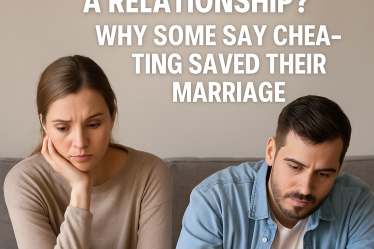
Marriage in the 21st century has undergone significant transformations, reflecting evolving societal norms, economic factors, and personal preferences. Couples today are redefining commitment, leading to diverse forms of partnerships that challenge traditional notions of marriage.
Declining Marriage Rates and Changing Priorities
Recent data indicates a global decline in marriage rates. In the United States, fewer teenagers and young adults are engaging in romantic relationships compared to previous generations. Factors such as increased smartphone use, overparenting, and economic disparities contribute to this trend. Many young men, especially those without a college degree, face stagnant or declining incomes, making them less attractive as partners.
Similarly, in China, the number of first-time marriages dropped from 23.8 million in 2013 to 13.9 million in 2019, a 41% decrease. This decline is attributed to factors such as the one-child policy, gender imbalances, and changing attitudes toward marriage and career among young women.
Delayed Marriages and Alternative Arrangements
Many individuals are choosing to marry later in life, focusing on personal development, education, and career advancement before settling down. This shift has led to an increase in the average age of first marriages. For instance, in the U.S., the average age of marriage has risen to 30 for men and 28 for women. Additionally, alternative relationship models, such as “Living Apart Together” (L.A.T.), where couples maintain separate residences while sustaining a committed relationship, are gaining popularity. This arrangement allows for personal independence and can alleviate common relationship stressors.
Impact of Economic Factors
Economic considerations play a crucial role in modern relationships. The rise of assortative mating, where individuals select partners with similar socioeconomic and educational backgrounds, has become more pronounced. Technological advancements reducing time spent on domestic chores have diminished the importance of traditional domestic skills, further encouraging this trend. Moreover, couples with higher educational attainment often have higher combined incomes, providing economic incentives for such pairings.
Evolving Gender Roles and Expectations
As women gain greater access to education and career opportunities, traditional gender roles within marriages are being redefined. Modern marriages often emphasize companionship and shared responsibilities over conventional roles of breadwinning and homemaking. This shift allows both partners to pursue personal and professional goals, fostering more egalitarian relationships.
Technological Influence on Relationships
The advent of dating apps and social media has transformed how individuals meet and interact, influencing modern relationships. While these platforms offer convenience, they also contribute to hookup culture, which some argue negatively impacts self-esteem and the perception of commitment, especially among young women.
Marriage Stability and Divorce Rates
Contrary to past trends, divorce rates have declined since the 1990s, with modern marriages showing higher stability. For example, 44% of couples married in 1992 have divorced, compared to only 19% of those married in 2010. Factors contributing to this trend include the decoupling of marriage from childbirth, the introduction of reliable contraception, and a decline in marriages of convenience.
Perspectives from Long-Term Couples
Insights from couples married for several decades highlight the importance of respect, communication, and mutual effort in sustaining long-term relationships. For instance, couples celebrating their golden anniversaries emphasize dressing well, avoiding grudges, and engaging in meaningful conversations without distractions.
Conclusion
Marriage in the 21st century is characterized by diverse forms and evolving definitions of commitment. As societal norms continue to shift, couples are navigating these changes by redefining what commitment means to them, leading to a rich tapestry of relationship models that reflect contemporary values and priorities.



